What is cream – Are you confused about the different types of cream available?
Cream is a dairy product that is composed of the higher-layer of yellowish fatty component that accumulates at the top surface of un-homogenized milk. This is skimmed from the top of milk before homogenization.
The amount of butterfat contained in the cream will determine how well cream will whip and how stable it will be. Higher fat creams tend to taste better, have a richer texture, and don’t curdle as easily when used in cooking.
Chemistry
Cream containing 30% or more butterfat can be mixed with air, and the resulting colloid is roughly double the volume of the original cream as air bubbles are captured into a network of fat droplets. If, however, the whipping is continued, the fat droplets will stick together destroying the colloid and forming butter. Icing sugar is sometimes added to the colloid in order to stiffen the mixture and to reduce the risk of over whipping.
Lower-fat cream (or milk) does not whip well, while higher-fat cream produces more stable foam.
Types of cream recipe
The proportion of fat determines both a cream’s consistency and its versatility. As the fat content increases, the cream gets thicker and you can do more with it. As a rule the higher the fat content the easier it will be to use, as the fat will holds the liquid elements together. A higher fat cream will therefore be less likely to split or curdle when incorporated with hot ingredients and will also whisk up well to an airy whipped cream.
The real difference between all these kinds of cream have to do with their fat content. It breaks down like this (percents are averages):
Single cream is a richer version of milk, with around 18% fat content. You can use it for pouring or adding to coffee. Single cream will not whip and will curdle if boiled, so it can’t be a substitute in recipes that call for whipping or double cream.
Whipping cream has around a 36% fat content, which allows air to be trapped when whipped, roughly doubling the volume. Once whipped, it can be used to top desserts or fill cakes and pastries.
Double cream is the thickest with around a 48% fat content. It makes an ideal pouring cream, such as when serving with fruit, or it can be whipped and piped for decorating desserts. It can also be used to add richness and creaminess to savoury dishes. Extra thick double cream is made by heating then rapidly cooling double cream – this creates a thicker cream.
Soured cream has been treated with lactic acid, which gives it a tangy taste. It has a thick texture but only around an 18% fat content. Use it for making cheesecakes, dips, topping nachos, and in soups – but it cannot be boiled.
Créme fraîche is similar to soured cream but with a milder taste. It is traditionally made from unpasteurised cream that has been left to ferment. It has around a 48% fat, which means it does not curdle when cooked. Serve with fresh fruit and in soups and dips.
Clotted cream has the highest fat percentage of all creams at 55%. It’s made by baking double cream until a delicious crust forms on the surface. This silky, butter-coloured cream is a speciality of Devon and Cornwall where it is served with scones, butter and jam.
Pasteurized and Ultra-pasteurized cream
Creams will generally be labelled pasteurized or ultra-pasteurized.
Pasteurized cream will provide a better flavour, will whip up fluffier, and will hold up longer.
As ultra-pasteurized whipping cream has been heated to above 280 degrees F to extend its shelf life, it is more temperamental when it comes to whipping. Ultra-Pasteurized Heavy Cream “will not work” if peaks or frothing are required in your recipe.
Store it
Always store fresh cream in the fridge and use within one or two days of purchase. Créme fraîche will keep for 10-14 days in the fridge. Cream with a fat content of more than 35% can be frozen.

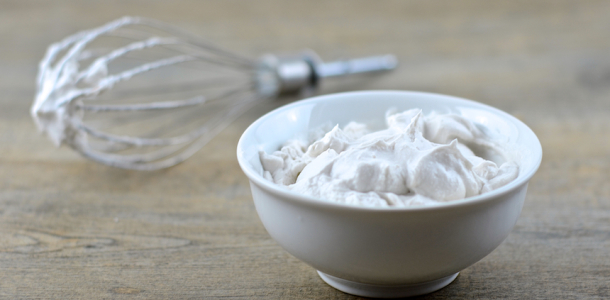

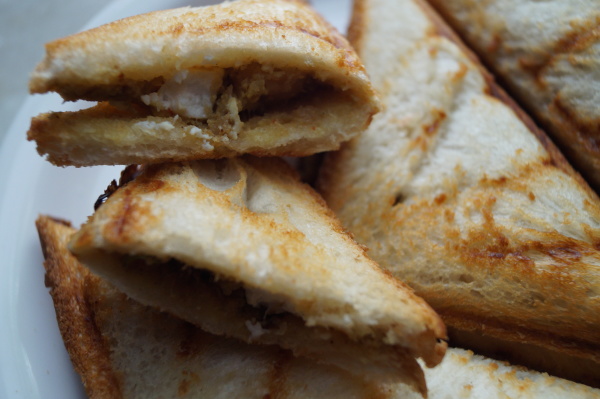




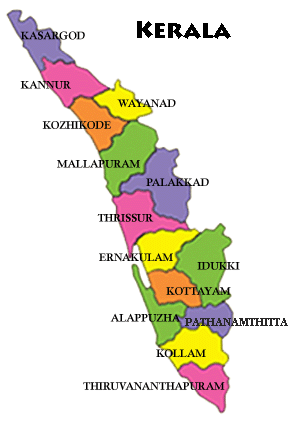







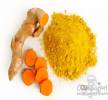
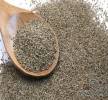


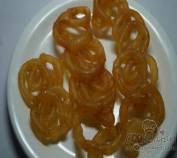
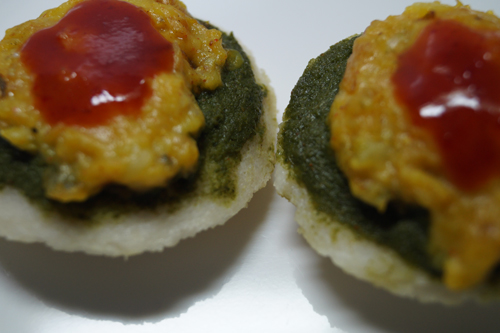




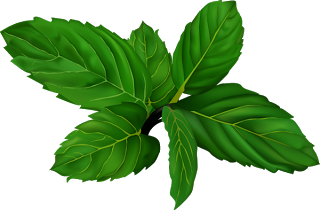
Appreciating the persistence you put into your blog and in depth information you provide.
It’s great to come across a blog every once in a while that isn’t the
same out of date rehashed information. Great read!
I’ve saved your site and I’m adding your RSS feeds to
my Google account.
Thanks a lot
Excellent site you have got here.. It’s difficult to find high-quality writing like yours nowadays.
I truly appreciate people like you! Take care!!
Thanks for your appreciation.
I go to see day-to-day a few web pages and websites to read articles, however this web
site offers quality based posts.
Thanx a lot for your appreciation.